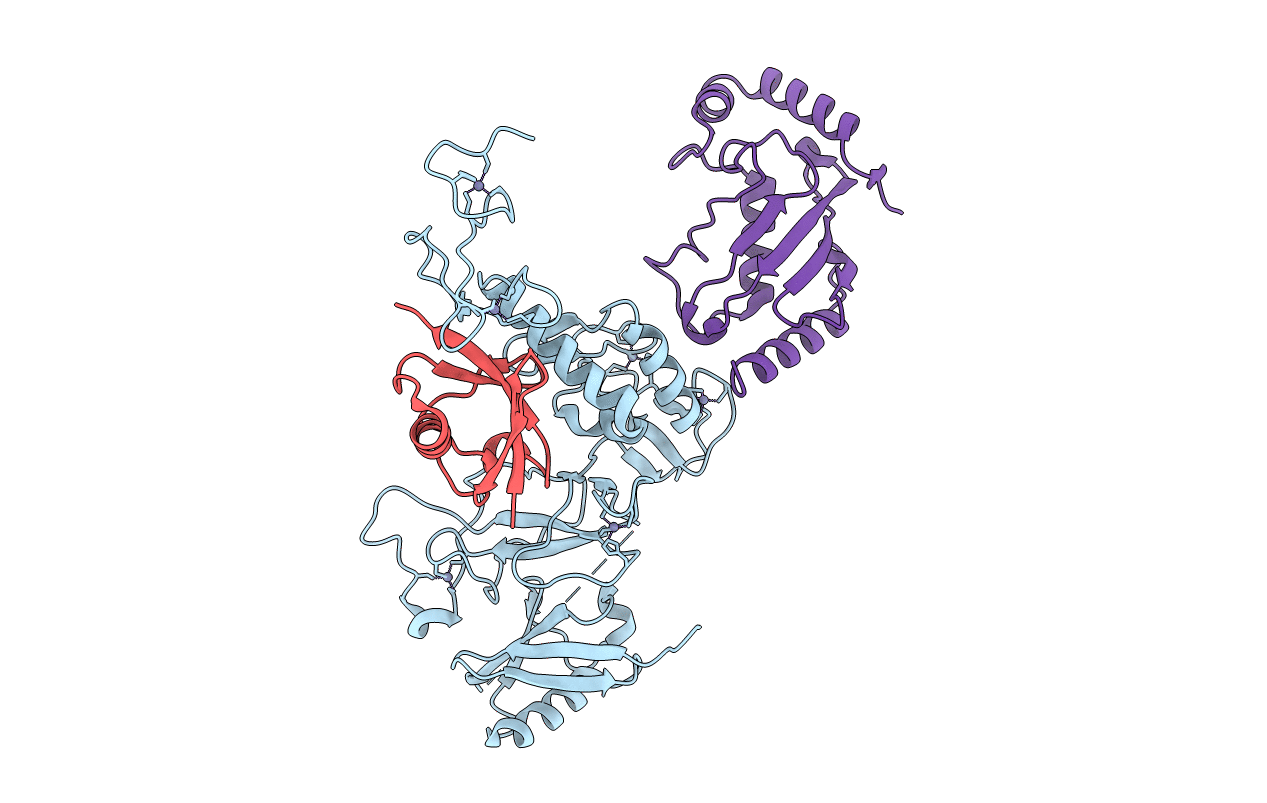
Deposition Date
2018-05-27
Release Date
2018-07-04
Last Version Date
2024-10-23
Entry Detail
Biological Source:
Source Organism:
Bactrocera dorsalis (Taxon ID: 27457)
Homo sapiens (Taxon ID: 9606)
Bos taurus (Taxon ID: 9913)
Homo sapiens (Taxon ID: 9606)
Bos taurus (Taxon ID: 9913)
Host Organism:
Method Details:
Experimental Method:
Resolution:
4.80 Å
R-Value Free:
0.28
R-Value Work:
0.25
R-Value Observed:
0.25
Space Group:
P 31 2 1


